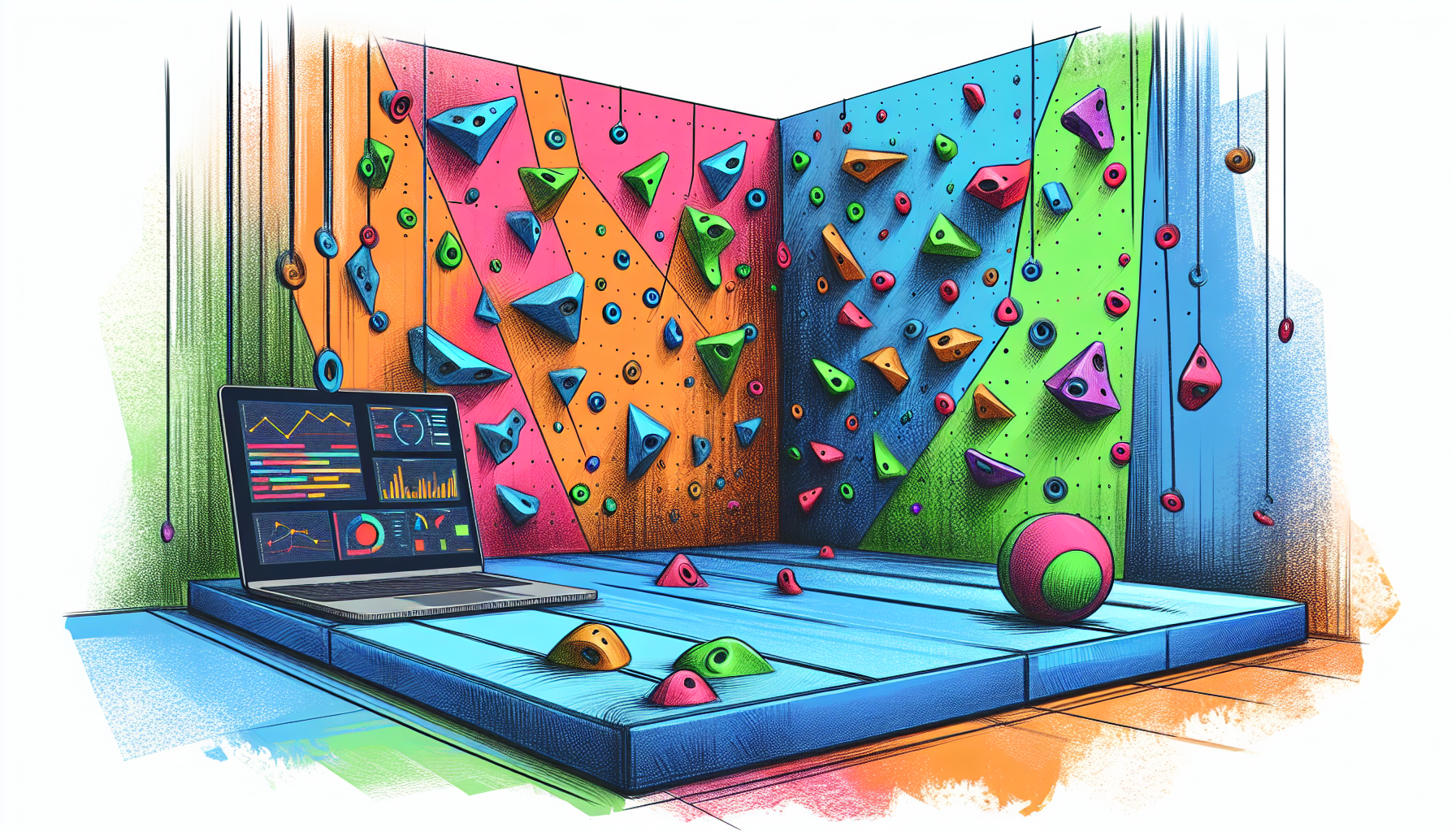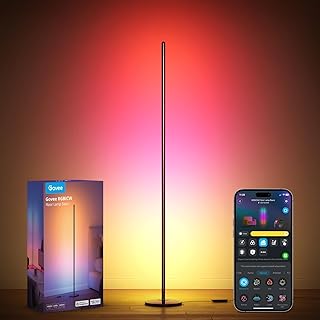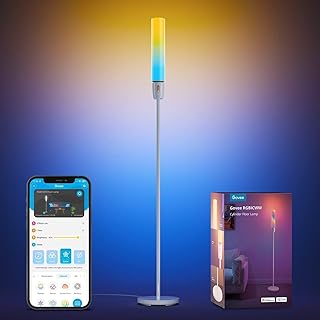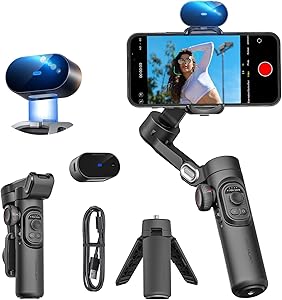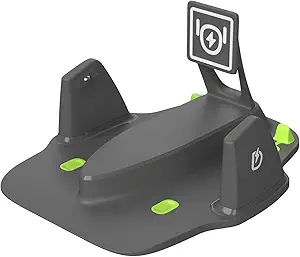The Internet of Things, or IoT, is revolutionizing the way we interact with our environment by connecting everyday objects to the internet. Imagine a world where your climbing wall not only challenges your physical abilities but also tracks your performance, suggests improvements, and even keeps you safe with real-time feedback. That’s the beauty of a smart climbing wall—a perfect blend of technology and fitness that any DIY enthusiast can create. In this post, we’ll explore how to transform a traditional climbing wall into an interactive masterpiece that enhances your climbing experience and encourages collaboration.
Understanding the Smart Climbing Wall
A smart climbing wall is essentially a climbing surface outfitted with sensors and connectivity features that provide users with data about their climbing techniques and progress. This can range from simple metrics like time spent climbing or routes taken, to more advanced feedback like grip strength and technique analysis. By integrating IoT technology, we can elevate the user experience significantly. Not only does it offer a fun way to climb, but it also enhances safety with real-time alerts, and encourages skill development through personalized feedback.
Benefits of Integrating IoT Technologies
- Enhances user experience: The fusion of climbing and technology creates an engaging environment where climbers can track their progress and set new challenges.
- Provides real-time feedback: Instant data allows climbers to adapt their techniques on the spot, helping them to correct mistakes and improve their performance.
- Encourages safety and skill development: With features such as fall detection or usage statistics, climbers can push their limits while staying safe.
Essential Materials and Tools
Before you start on your smart climbing wall project, gathering the right materials and tools is essential. Here’s a comprehensive list to get you started:
Key Components
- Climbing wall structure: This can be made from plywood or other sturdy materials.
- Smart sensors: Consider piezo sensors for grip detection and pressure sensors to monitor foot placements.
- Microcontrollers: Arduino or Raspberry Pi are perfect for handling sensor data and connectivity.
- Connectivity modules: Use Wi-Fi or Bluetooth modules to send data to your smartphone or a cloud service.
- Power sources: Make sure you have adequate power supplies for your components.
Tools Required for Assembly
- Drill
- Saw
- Screwdriver
- Wire stripper
- Software for programming (e.g., Arduino IDE)
Step-by-Step Guide to Building Your Smart Climbing Wall
Now that you’ve gathered your materials, let’s dive into the process of building your smart climbing wall. This section will break down the project into manageable steps, ensuring that even beginners can follow along.
Designing the Layout
Start by planning your climbing wall structure. Consider the space you have available and the height of the wall. Incorporate safety considerations, such as ensuring a cushioned landing zone beneath the climbing surface. It’s also smart to think about the arrangement of holds to create diverse climbing routes.
Installing and Wiring the Sensors
Next is the exciting part—installing your sensors. Identify which types of sensors you’ll use and their specific applications. Place piezo sensors where climbers will grip and pressure sensors where foot placements occur. This way, you’ll capture valuable data during climbing sessions.
Programming the Microcontroller
Once your sensors are installed, it’s time to program your microcontroller. Start with basic code snippets that read data from the sensors. You can find example code online or adapt existing projects to fit your setup. Don’t forget to configure your connectivity features to ensure data can be sent to your apps or services.
Testing and Calibrating the System
After assembling everything, rigorous testing is crucial. Monitor the data collected during test climbs. Are the sensors accurately capturing grip strength? Is the feedback timely? Use this phase to calibrate your sensors and make necessary adjustments to ensure everything operates smoothly.
User Suggestions and Enhancements
User feedback can really take your smart climbing wall to the next level. Consider building in a feature where users can suggest new interactive elements or challenges. Gamifying the experience with scoreboards or achievement badges can generate excitement. You might even consider creating a mobile app that users can utilize to track their progress and set new climbing goals. Collaboration in the maker community can provide endless enhancements to your project.
Wrapping Up the Adventure
Building a smart climbing wall is not only an innovative DIY project but also a venture into the future of physical activity. The combination of creativity and technology paves the way for new fitness experiences. As you embark on this project, don’t hesitate to share your progress and findings within the maker community. We welcome your stories, questions, and suggestions in the comments below. Who knows—your next idea might inspire someone else’s climbing adventure!

